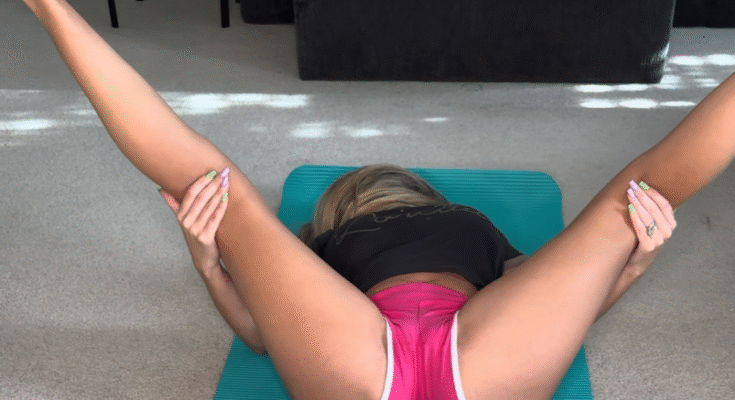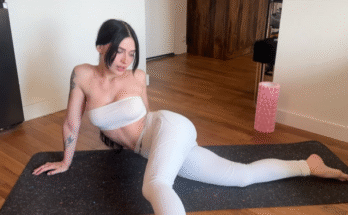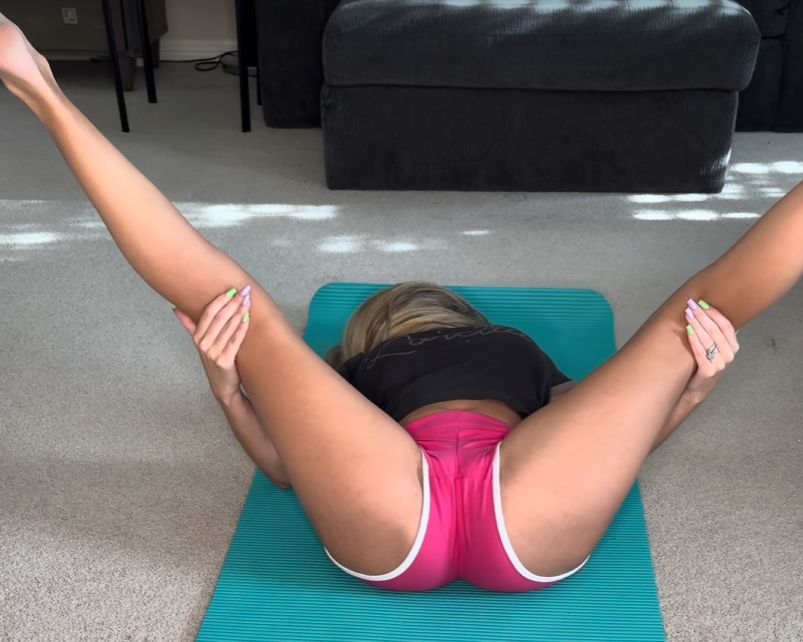
Yoga is one of the most versatile and healing practices available to us today. While many people associate yoga with stretching, relaxation, or balance, there’s a whole world of movements and poses that dive deeper into flexibility, strength, and even artistry. One of these areas is arch yoga—a style that emphasizes backbends, heart-opening stretches, and graceful arch-shaped postures. The best part is that you don’t need a studio or fancy equipment to enjoy it. With awareness, patience, and a little dedication, you can practice At Home Arch Yoga and unlock new levels of flexibility, energy, and self-expression.
This guide explores what arch yoga is, the benefits it brings, how to practice safely at home, and a suggested sequence you can try for yourself.
What is Arch Yoga?
Arch yoga is not a formal school of yoga, but rather a term used to describe yoga practices focused on backbending and arch-shaped poses. Think of movements that curve your spine backward, expand your chest, and open your shoulders and hips. Examples include:
- Cobra Pose (Bhujangasana)
- Upward-Facing Dog (Urdhva Mukha Svanasana)
- Camel Pose (Ustrasana)
- Wheel Pose (Chakrasana)
- Bow Pose (Dhanurasana)
These poses mimic an arch shape and require the spine to extend, the front body to stretch, and the back muscles to engage. Practicing them regularly improves flexibility, posture, and energy flow.
Benefits of Practicing Arch Yoga at Home
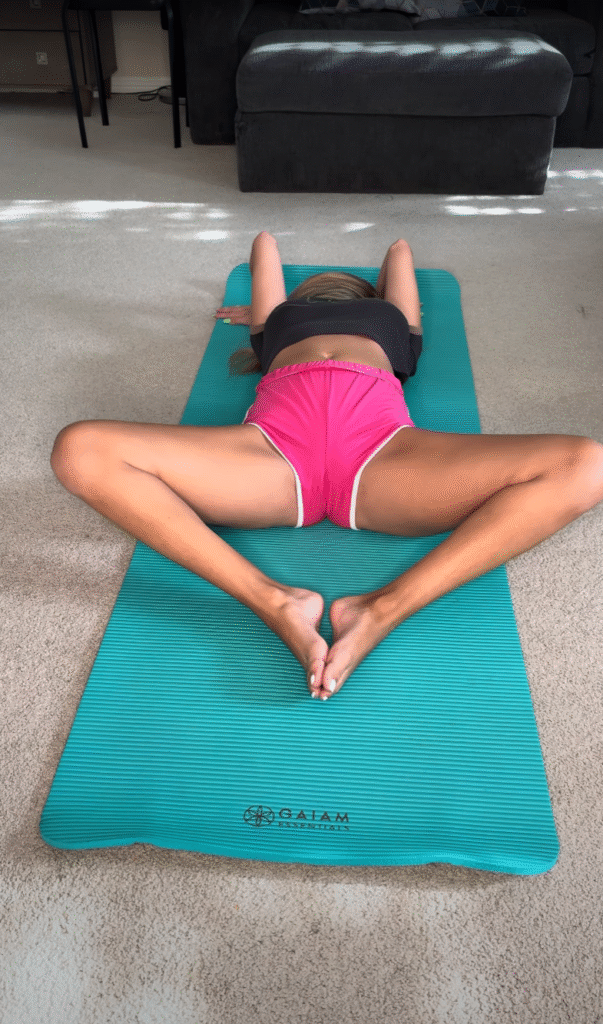
1. Spinal Health & Flexibility
Backbends counteract the effects of sitting and slouching. They lengthen the spine, strengthen supporting muscles, and keep your back mobile.
2. Better Posture
When you practice arch yoga, your shoulders naturally roll back, your chest opens, and your spine elongates. This combats rounded shoulders and tech-neck caused by phone or computer use.
3. Energy & Mood Boost
Arch poses are naturally energizing. They open the chest, expand the lungs, and stimulate circulation. Many practitioners describe feeling happier, lighter, and more confident after a session.
4. Emotional Release
The chest is often referred to as the “heart center” in yoga. Opening this area can help release pent-up emotions, ease stress, and even promote self-compassion.
5. Strength & Balance
While arch yoga looks like pure flexibility, it also builds incredible strength. Your glutes, hamstrings, back, and shoulders all need to work to hold these poses safely.
Safety First: Preparing for Arch Yoga
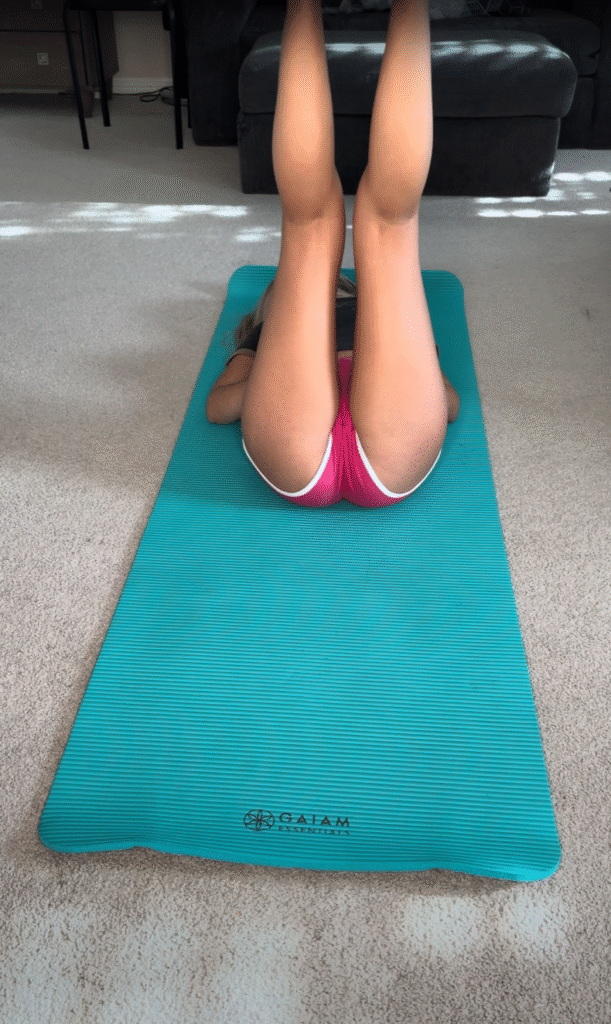
Before jumping into deep backbends at home, it’s important to warm up properly and know your limits.
- Warm Up Your Spine: Start with gentle cat-cow stretches, side bends, and twists to prepare your body.
- Engage Your Core: A strong core protects your lower back during backbends.
- Don’t Force It: Never push your spine into a painful arch. Progress will come gradually.
- Use Props: Pillows, yoga blocks, or even a rolled blanket can help support your practice.
- Listen to Your Breath: If your breathing becomes strained, ease out of the pose.
At Home Arch Yoga Routine
Here’s a simple sequence you can follow at home. It takes about 20–30 minutes and focuses on opening the spine, shoulders, and hips.
1. Cat-Cow (5 rounds)
- Begin on all fours.
- Inhale, arch your spine and lift your chest (Cow).
- Exhale, round your back, and tuck your chin (Cat).
- This warms up the spine and prepares you for deeper arches.
2. Sphinx Pose (1 minute)
- Lie on your stomach, forearms flat, elbows under shoulders.
- Lift your chest gently, keeping your belly on the floor.
- This is a gentle backbend to start with.
3. Low Cobra Pose (30 seconds x 2)
- Stay on your belly, place palms under shoulders.
- Inhale, lift chest slightly, keeping elbows bent and close to your body.
- Strengthens the back and stretches the chest.
4. Upward-Facing Dog (30 seconds)
- From Cobra, press into your palms, lift thighs and chest off the ground.
- Engage your core to avoid sinking into the lower back.
5. Bridge Pose (30 seconds x 2)
- Lie on your back, bend knees, feet hip-width apart.
- Inhale, lift hips up, pressing through heels.
- Hands can clasp under your back for more lift.
6. Camel Pose (30 seconds)
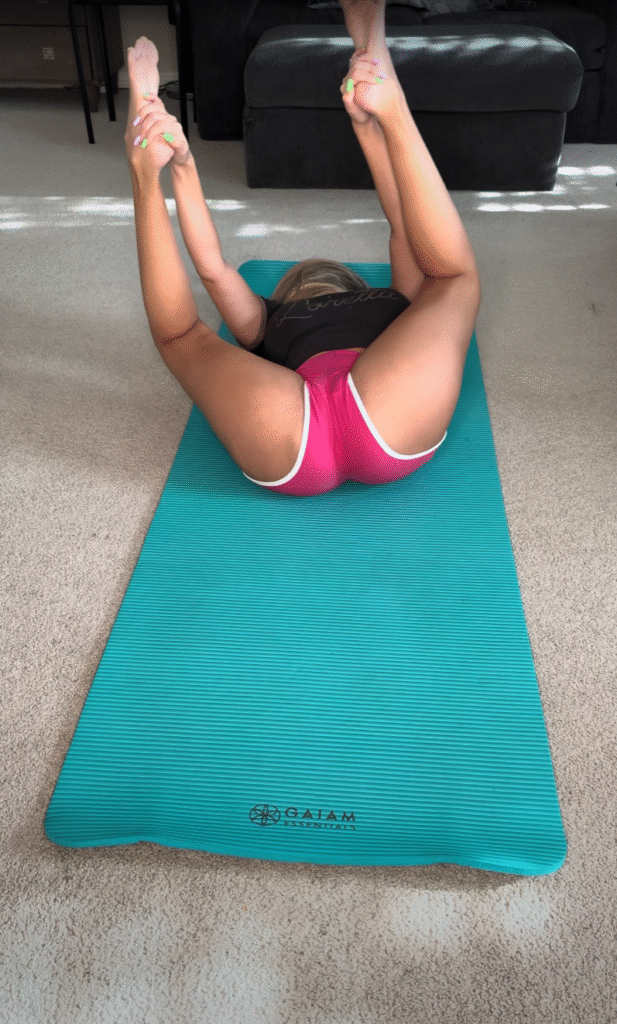
- Kneel with knees hip-width apart.
- Place hands on lower back for support, lean back, and lift chest upward.
- Advanced: Reach hands to heels.
7. Bow Pose (30 seconds)
- Lie on stomach, bend knees, grab ankles.
- Inhale, kick feet into hands, lifting chest and thighs.
- Creates a full-body arch.
8. Wheel Pose (if ready, 15–30 seconds)
- Lie on back, bend knees, feet on floor.
- Place hands by ears, fingers pointing toward shoulders.
- Inhale, press into hands and feet, lifting into a full arch.
- Beginners can stay with Bridge Pose instead.
9. Counterpose: Child’s Pose (1–2 minutes)
- Kneel, sit back on heels, stretch arms forward, forehead to floor.
- This releases tension and resets your spine.
Tips for Practicing Arch Yoga at Home
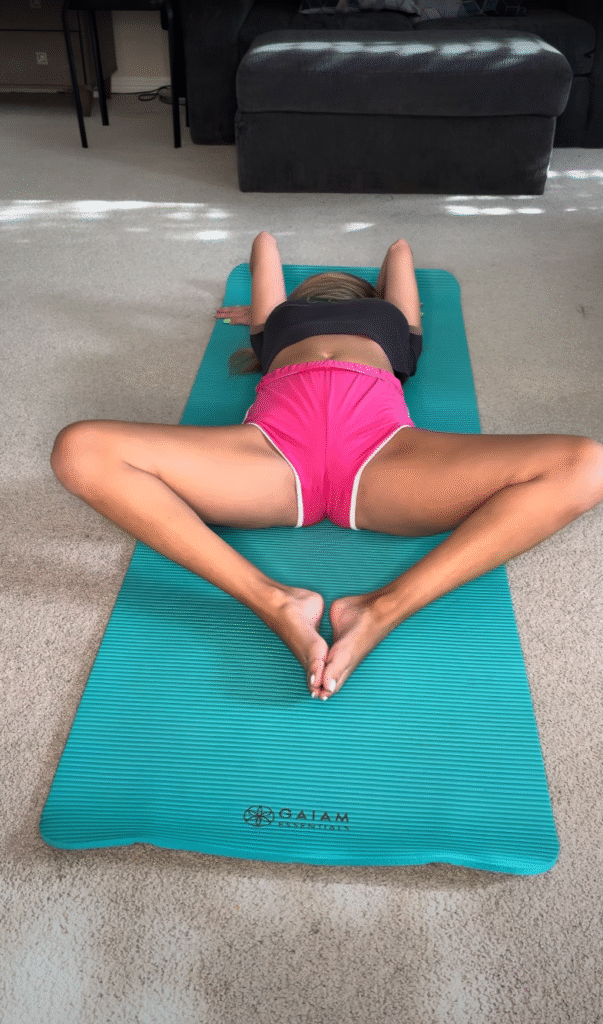
- Consistency Matters: Practice 3–4 times a week to see steady improvement.
- Start Small: Even a few minutes of backbends daily will add up over time.
- Use a Mirror or Camera: Helps you check alignment and avoid collapsing into the lower back.
- Combine with Other Yoga Styles: Mix arch yoga with forward folds, twists, and balance poses for a well-rounded routine.
- Celebrate Progress: Even lifting a few inches higher than before is an achievement.
Emotional & Mental Benefits of Arch Yoga
Backbends don’t just improve the body—they have powerful effects on the mind. Many practitioners feel:
- More Confident: Expanding your chest can help you literally “stand taller.”
- More Open-Minded: Arching the body often feels like opening the heart and mind to new possibilities.
- Less Stressed: Deep breaths in backbends stimulate the nervous system and help reduce tension.
Practicing at home also makes the experience more personal. You can move at your own pace, listen to music you enjoy, and connect with your breath without distraction.
Closing Thoughts
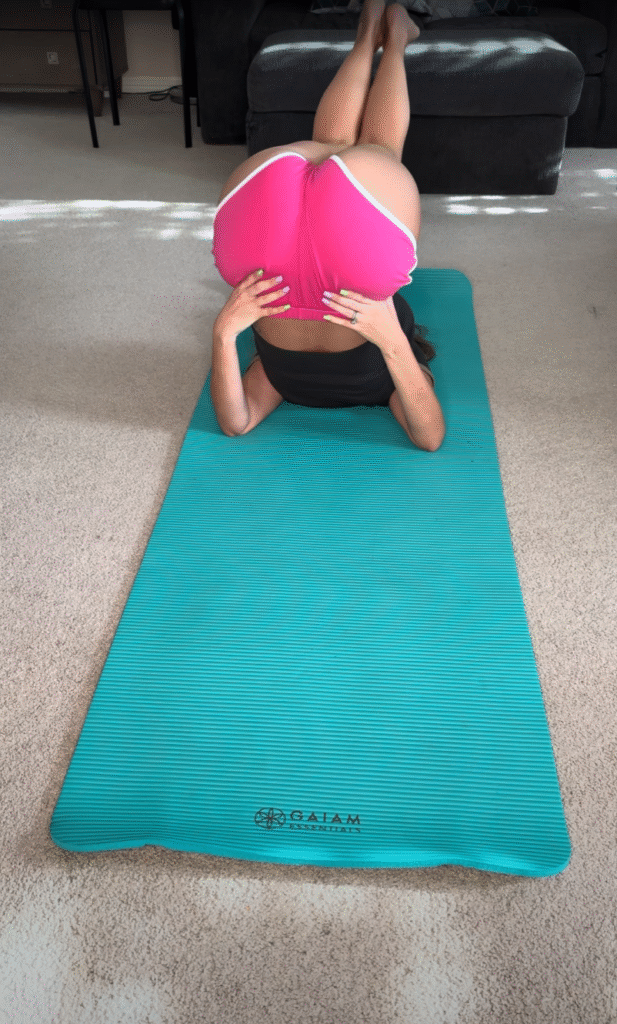
At Home Arch Yoga is a journey of opening, strengthening, and connecting. You don’t need to be a contortionist or advanced yogi to enjoy the benefits. All you need is patience, practice, and self-awareness.
Start with gentle poses like Sphinx and Bridge, then gradually progress to deeper backbends like Camel or Wheel. Over time, your flexibility will improve, your energy will rise, and you’ll discover the joy of creating graceful arch shapes with your body.
Remember: yoga is not about how far you can bend, but how deeply you can connect—with your breath, your body, and your inner self. Practicing arch yoga at home is more than just exercise—it’s an invitation to open your heart, expand your spirit, and embrace life with strength and grace.
